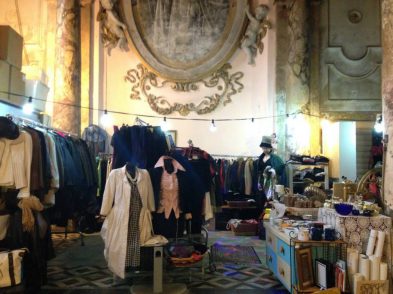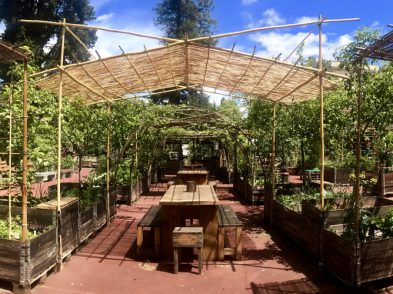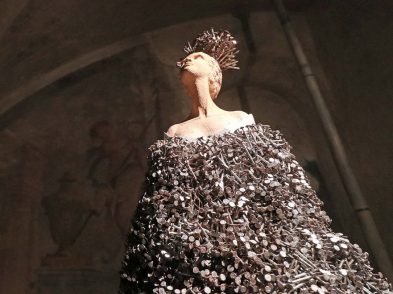In his novel Invisible Cities, Italo Calvino has Marco Polo say, “Every time I describe a city, I am saying something about Venice.” Half (self-proclaimed) veneta, half British, I empathise with the great Venetian explorer. Having spent the last 10 years visiting, holidaying, and periodically working in the Veneto, the spellbinding, northern region misunderstood by many, I found when I first arrived in Florence that I was searching for what I knew of Italy in this equally mesmerising city.
Everything about Venice has always isolated it from the rest of the world. While Ancient Rome and the Papal states were forming on the peninsula, the island of Venice, bereft of its modern-day bridge to the mainland, was truly inaccessible and initially populated in the Middle Ages by people fleeing attacks from the Lombards. Settlers began constructing a city that would become one of the most famous in the world, on huge wooden trunks brought down from the Cansiglio forest in the north of the Treviso province.
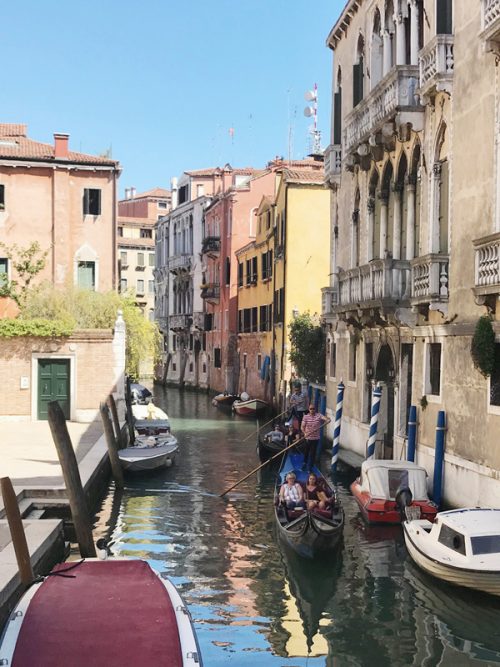
During its formative years, Venice was protected by the Byzantine Empire and had strong ties with Constantinople. Due to her position in the Northern Adriatic she had trade routes that stretched to the Middle East and Africa meaning rich fabrics, opulent perfumes, and exotic spices arrived through the Veneto and were disseminated throughout Italy. Venice’s commercial status ensured a constant state of power (and thus separation) from the rest of the Italian peninsula. But—I thought on more than one occasion while starting my day cycling along the Arno—these two former political super-powers, the Republic of Venice and the Republic of Florence, must have more connections than immediately meet the eye.
The rock star of the Medici clan, Cosimo de’ Medici, spent time in the Serenissima republic, so called due to its serene appearance on the teal waters of the lagoon, during his exile in 1433. Cosimo fled to Padua and then to Venice where the family had had a bank branch for 30 years. Cosimo was welcomed with open arms in the Veneto, treated as a diplomat; his was quite the opposite of a punishing exile. He settled in from 1433 to 1434 and due to his fortune and authority Michelozzo, architect for the Medici, followed him. Vasari claims that Michelozzo designed the library of San Giorgio di Maggiore monastery during this time even though it has since been destroyed and replaced by one designed by Giovanni Buora. As well as this architectural presence in the Serenissima, from 1420 to 1435,13 percent of the Medici bank’s profit came from Venice, unsurprising seeing as the floating city was halfway through its thousand-year history of thriving from maritime trade from Europe and the Far East.
During the years of financial success for the Medici and the Venetian Republic, art and artisanal trades were heavily patronised in both cities. Both republics produced large amounts of high quality ceramics and textiles. In modern Florence, the centuries of patronage resulted in the foundation of fashion houses like Gucci and Ferragamo as well as ceramic producers such as Richard Ginori. In 20th century Venice, Mariano Fortuny founded his couture house; although it lasted only 40 years, it had a profound effect on fashion through the unique pleating techniques that he took to the grave. Today, you can still visit the house and museum in the Palazzo Fortuny, as well as the relaunched factory and store, Venetia Studium, on the Giudecca island.
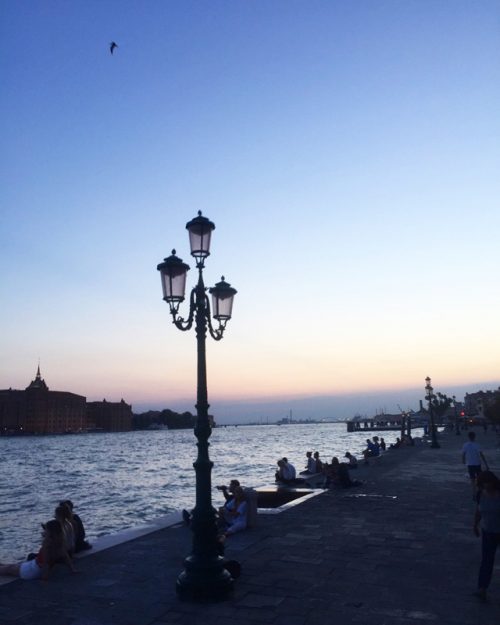
Interactions between the Tuscan and Venetian art schools were not unheard of. In 1542, the Venetian noble Corner family commissioned a ceiling by Giorgio Vasari for their palace on the Grand Canal. An important moment in art history as it signalled the arrival of Mannerism in the Veneto, it is one of the first Vasari series with allegorical personifications. The ceiling has since been lost, and the Palazzo Grimani museum is in the stages of buying back the pieces in order to reconstruct the scenes that depict Faith, Charity, Justice, Patience, Hope. (Vasari would go on to paint allegories in many subsequent frescoes throughout his career).
The two schools working throughout the Renaissance were startlingly different, but this doesn’t mean that their paths never crossed. The Venetian painter Tintoretto interacted with Michelangelo through a beautiful sketch, Study after Michelangelo’s Giorno from 1550-55, now at the Metropolitan Museum of Art in New York. The sketch is of a small replica of Michelangelo’s sculpture from the tomb of Giuliano de’ Medici in the New Sacristy, San Lorenzo in Florence. A harmonious visual meet of these two polar worlds uniting, the interrupted delineation of the figure and the light reflecting off his chest respond to the exaggerated perfection of Michelangelo with rich pencil layers that evoke the typical Venetian spirit of individuality and confidence.
VENETO VIBES IN TODAY’S FLORENCE
Though my appreciation for Florence and Venice is equal, my heart, in the end, belongs to the Veneto. Florence can feel a world away from crisp alpine air, foggy winter mornings, portico-lined pavements protecting shoppers from the rain, real tiramisù, Saint Mark’s lion at every street corner, l’aperitivo della mattina (before lunch!), and the unique spirit of the veneti, who have looked outwards for millennia with boundless amounts of energy, work ethic, a wicked sense of humour and lightness of character. But as with the history between the Serenissima and the Republic of Florence, my attitude towards the places is mirrored: once I’ve left one I yearn for the other.
MUSEUM-HOPPING
Today comparing the Venetian and Tuscan school is easy as the Uffizi has many rooms dedicated to Venetian artists, making hopping from Michelangelo to Veronese, Lippi to Bellini, or Botticelli to Titian an instantly gratifying exercise. For a glimpse of Venetian landscape, the recently re-opened Contini Bonacossi collection inside the Uffizi is host to St. Jerome in the Desert by Cima da Conegliano, a 15th century painter from the charming town of Conegliano in the province of Treviso. Those who have travelled through Conegliano will recognise the rolling countryside and castle topped hill that crop up time again in Cima’s work. Titian’s La Bella or Portrait of a Lady in the Palatine Gallery of Palazzo Pitti is an exquisite example of Venetian colour; gleaming pearls and a deep turquoise blue are rendered touchable in this portrait.
EATING AND DRINKING
Art aside, Venetian food is well represented in Florence as there are a number of bars and restaurants that do things Veneto-style. One such place is the recently opened Bulli e Balene (via dello Sprone 14), which serves up spritz and cicchetti (small Venetian aperitif bites) from lunch until late. Industria is a stylish restaurant (borgo Ognissanti 45) that serves up local food with a Venetian flair by juxtaposing traditional Tuscan ingredients with Venetian classics like baccalà mantecato, white asparagus from Bassano del Grappa, or Asiago cheese. Fuse Florentine aesthetics with Venetian tastes by savouring a glass of Venetian prosecco or Soave in the shadow of the Ponte Vecchio out on the terrace of Signorvino (the enoteca is run by Venetians).
SHOPPING
Archimede Seguso (via dei Rondinelli 3) stocks a mosaic’s worth of Murano glass goods, while Galletti (borgo Ognissanti 62r or via dei Fossi 49r) also features a range of Murano-made glassware, from champagne flutes to Christmas ornaments.


